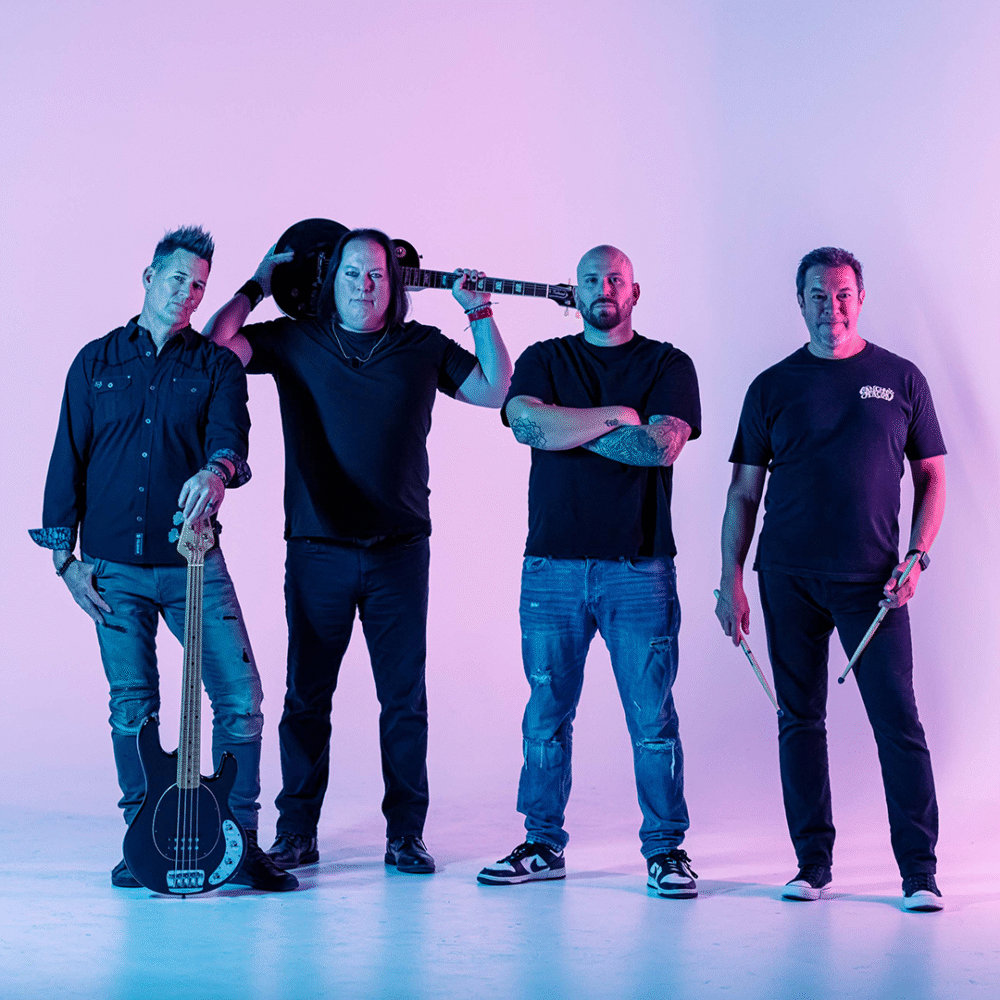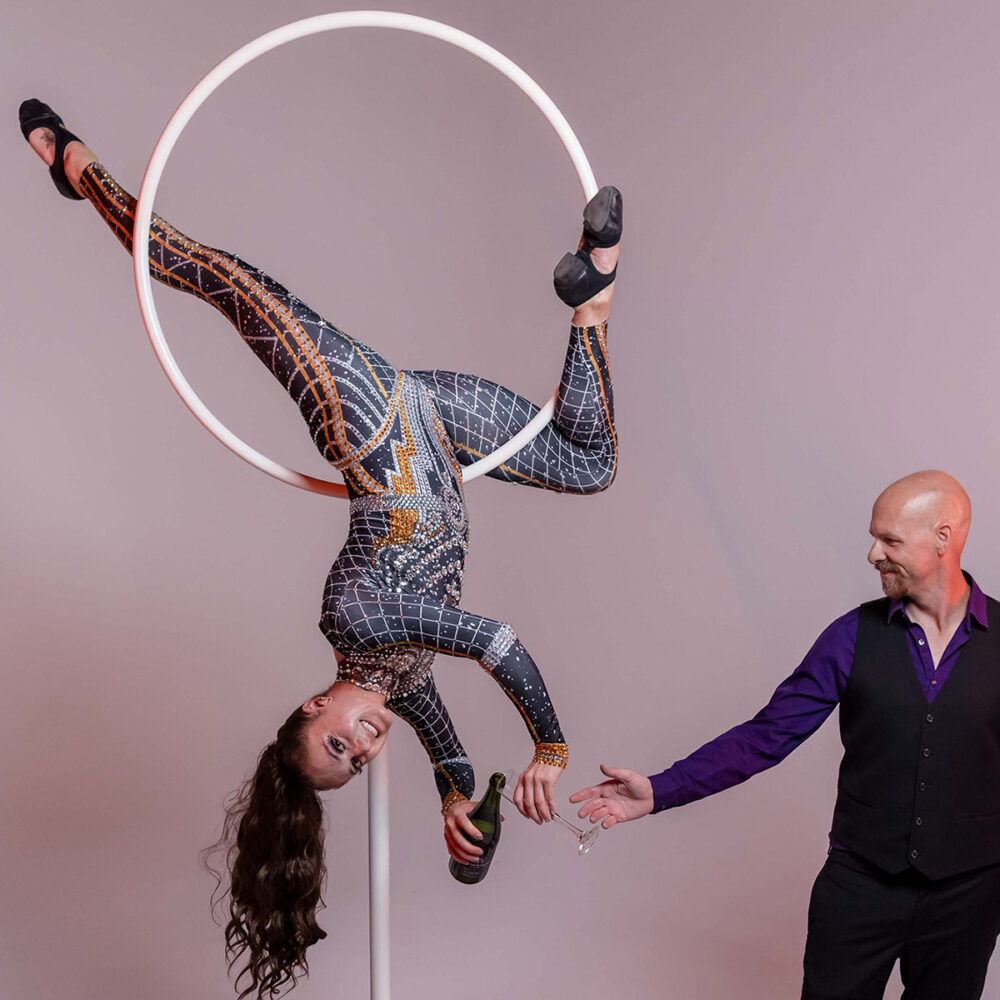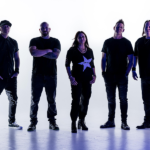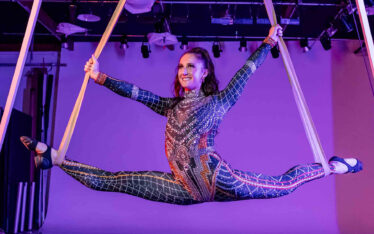Corporate events have come a long way from formal presentations and banquet dinners. Today’s audiences crave experiences that go beyond sitting and watching—they want to participate, engage, and be entertained in ways that feel personal. That’s why event planners across industries are increasingly turning to interactive entertainment to create memorable, high-impact experiences that resonate long after the event ends.
Interactive acts don’t just entertain—they involve the audience, blur the line between performer and attendee, and foster a deeper connection with the brand or event message. Whether at trade shows, product launches, employee appreciation events, or private corporate parties, interactivity is becoming the gold standard for meaningful engagement.
What Makes Interactive Entertainment So Effective?
At its core, interactive entertainment transforms attendees from passive observers to active participants. This shift taps into basic psychological principles: people remember what they do far more vividly than what they simply hear or see.
Here’s why interactive acts are gaining momentum:
- They encourage participation, making events more memorable
- They break the ice and stimulate networking in a natural way
- They allow for personalized experiences that guests can shape
- They provide opportunities for user-generated content and social sharing
- They align with experiential marketing goals, creating emotional resonance
In a world where experiences often double as content, interactive acts can turn your event into a story people want to share.
Popular Types of Interactive Acts in Corporate Events
The range of interactive entertainment options is growing rapidly, giving event planners more tools than ever to craft a unique experience tailored to their audience.
Some popular interactive formats include:
- Roving performers like magicians, mentalists, or caricature artists who engage guests one-on-one
- Digital photo booths with green screen effects or custom branding
- Virtual reality and augmented reality experiences tied to a product or message
- Live art installations where attendees help create a piece over the course of the event
- Improv comedy groups that incorporate audience suggestions into their performance
- Gamified experiences like trivia challenges, scavenger hunts, or branded escape rooms
- Dance or music acts that pull attendees onto the stage or involve them in choreography
- Interactive culinary experiences, such as mixology stations or gourmet build-your-own bars
These acts not only entertain—they build energy in the room and give people something to talk about.
Technology Is Elevating Interactivity
Technology continues to push the boundaries of what interactive acts can deliver. Apps, wearable tech, and live audience response tools make it easier than ever to involve attendees in real time.
For example, at large conferences, agencies are incorporating:
- Polling apps that allow attendees to vote on what a performer does next
- RFID-enabled badges that trigger personalized experiences at certain event zones
- Social media integration that displays guest posts on live event screens
- Live streaming booths where attendees create short branded videos
- Augmented reality games tied to sponsor booths or giveaways
These technologies don’t replace human interaction—they enhance it. When executed well, they amplify engagement and provide valuable analytics to measure impact.
Event Planners Value Customization
Another reason event planners love interactive acts is the ability to customize them. Many acts can be adapted to reflect company messaging, incorporate logos or themes, or respond directly to an audience’s energy and preferences.
Customization examples include:
- A caricature artist drawing guests with branded props or backdrops
- A magician using company products as part of their routine
- A live painter creating a mural based on the event’s keynote or mission
- An improv group acting out scenes based on attendee job roles or industry pain points
- A VR experience that places users in a branded storyline or future product scenario
The more the entertainment feels like part of the event’s story, the more powerful the impression it leaves.
Measurable Impact on Engagement and ROI
Event planners are under increasing pressure to show that their events deliver value—not just a good time. Interactive acts contribute directly to key metrics like engagement, time-on-site, content creation, and audience satisfaction.
Consider these benefits:
- Attendees are more likely to stay longer and participate when entertainment is hands-on
- Interactive entertainment generates content—photos, videos, testimonials—that can be shared
- Personalized experiences boost emotional connection to the brand or message
- These acts often become the most talked-about part of the event, boosting word-of-mouth
- Repeat attendance and brand recall are improved when people feel included in the experience
Entertainment that doubles as a brand-building tool? That’s a win in any event planner’s playbook.
What to Consider When Booking Interactive Acts
While interactive entertainment has huge upside, it requires thoughtful planning. It’s important that the acts align with the audience profile, the event objectives, and the available space and logistics.
Here are some tips for success:
- Know your audience. Younger, tech-savvy crowds may prefer high-tech activations, while others might respond better to hands-on art or humor.
- Match the energy level. Make sure the act complements the event’s tone—upbeat, inspirational, relaxed, or formal.
- Plan for flow. Position interactive elements where they won’t create bottlenecks or distract from key programming.
- Communicate with talent. Interactive performers often work best when they understand your audience and brand goals in advance.
- Budget for quality. The best interactive acts come with experience, polished presentation, and logistical know-how.
Working with an experienced entertainment agency can help ensure that interactive elements are seamlessly integrated into the overall event plan.
Looking Ahead: The Future of Corporate Entertainment Is Participation
As hybrid events, experiential marketing, and personalization continue to drive the industry, interactive acts will only become more essential. Attendees expect more than a show—they want to be part of something.
Forward-thinking event planners are leaning into this trend, finding ways to turn even the most traditional events into participatory experiences that surprise and delight.
Interactive acts don’t just entertain—they connect. They create shared memories, invite discovery, and allow companies to show, not just tell, who they are. In a world overflowing with content, that kind of engagement is what sets an event apart.











